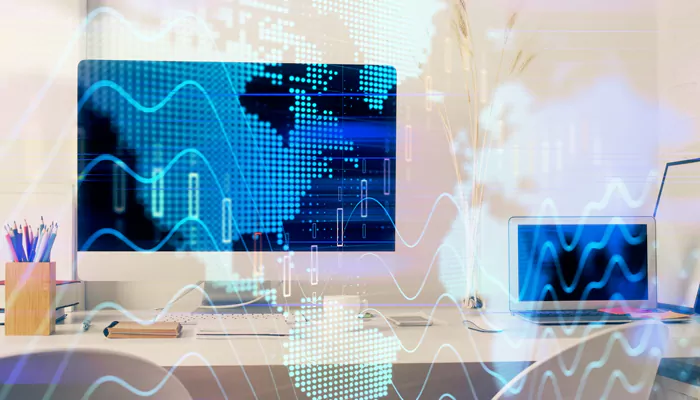
Live in a next generation lifestyle!
Welcome to the age of the smart home, where technology is seamlessly integrated into our living spaces, changing the way we interact with our homes and improving our everyday lives. From controlling lights and thermostats with voice commands to receiving notifications from our devices, smart homes have become a reality thanks to the Internet of Things (IoT). In this article, we look at smart home concepts, the technologies that underpin them, and how the Internet of Things plays a crucial role in bringing everything together to enable the smart home experience.
Smart Homes refer to homes equipped with a wide range of interconnected devices and systems designed to improve comfort, security and energy efficiency. These devices, often referred to as smart devices, may include, but are not limited to, thermostats, lighting systems, security cameras, door locks, home appliances, and entertainment systems.These devices are connected to a central hub or home automation system, allowing users to control and manage them remotely via a smartphone, tablet or voice assistant.
Integrating technology into our homes has brought numerous benefits and opportunities. Smart homes give us unprecedented control and flexibility, allowing us to monitor and manage our homes from anywhere at any time. Whether it's adjusting the thermostat while you're away or getting alerts when someone's at the front door, smart homes provide homeowners with convenience, security and energy savings.
Smart Homes use a variety of technologies to create a connected ecosystem within the home.Let's explore some of the key technologies that enable functionality and automation in smart homes:
IoT forms the backbone of smart homes. It refers to the network of physical devices equipped with sensors, software and connectivity features to exchange data and interact with each other. These devices can communicate over the Internet, allowing for seamless integration and control.
Sensors are the heart of smart home technology. They allow devices to collect data about the environment and various parameters such as temperature, humidity, movement and light levels.Sensors provide real-time information that is used to trigger actions and make smart decisions.
Smart homes powered by IoT contribute to energy efficiency and sustainability. By analysing data collected from sensors and devices, smart homes can optimise energy consumption, reduce waste, and lower utility bills. For example, a smart lighting system can automatically turn off lights in unoccupied rooms, and a smart irrigation system can adjust watering schedules based on weather forecasts. These energy saving features not only benefit homeowners, but also have a positive impact on the environment by reducing energy consumption and carbon footprint.
Smart devices in a home need to communicate with each other and with the owner. This is possible thanks to various communication protocols such as Wi-Fi, Bluetooth, Zigbee, Z-Wave and Thread. These protocols allow devices to connect to the Internet, interact with the central hub, and receive commands or transmit data.
Smart devices generate large amounts of data ranging from energy consumption patterns to user preferences.The IoT facilitates the exchange of this data between devices, the home automation system and the cloud. Data is collected, analysed and processed, providing valuable information that can be used to automate processes, optimise energy consumption and improve user experience.